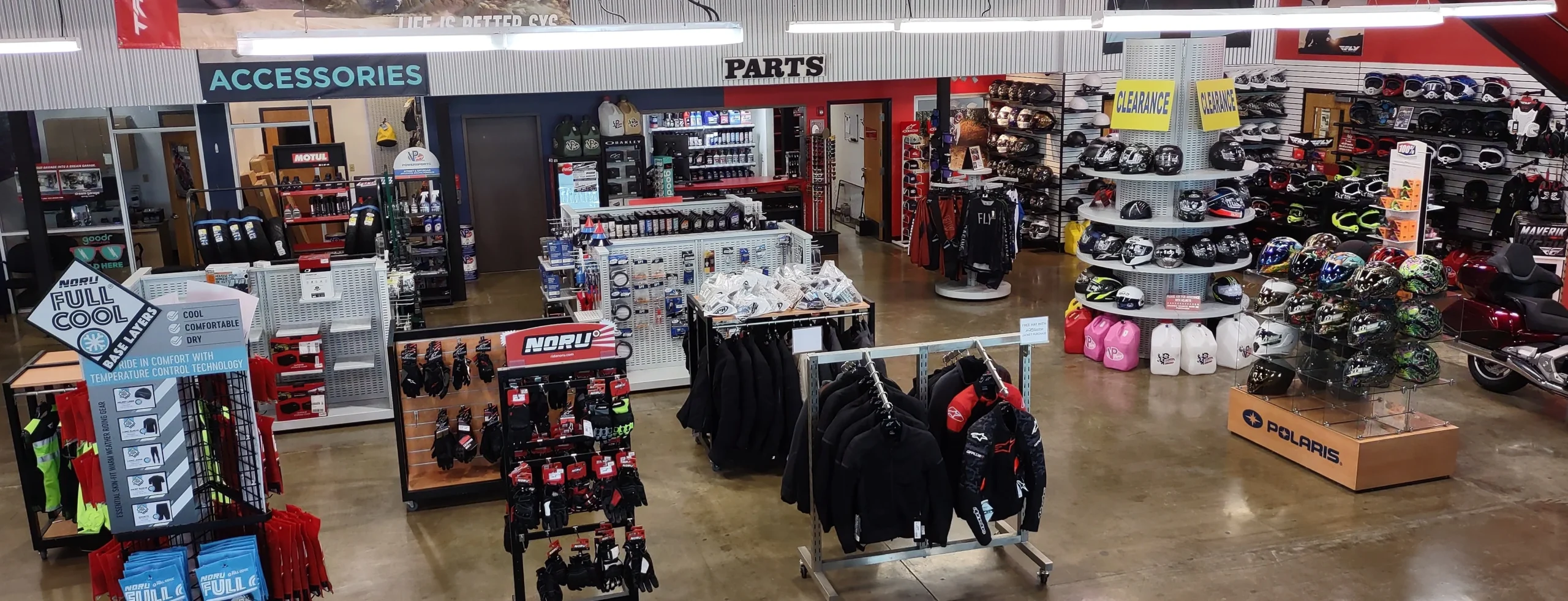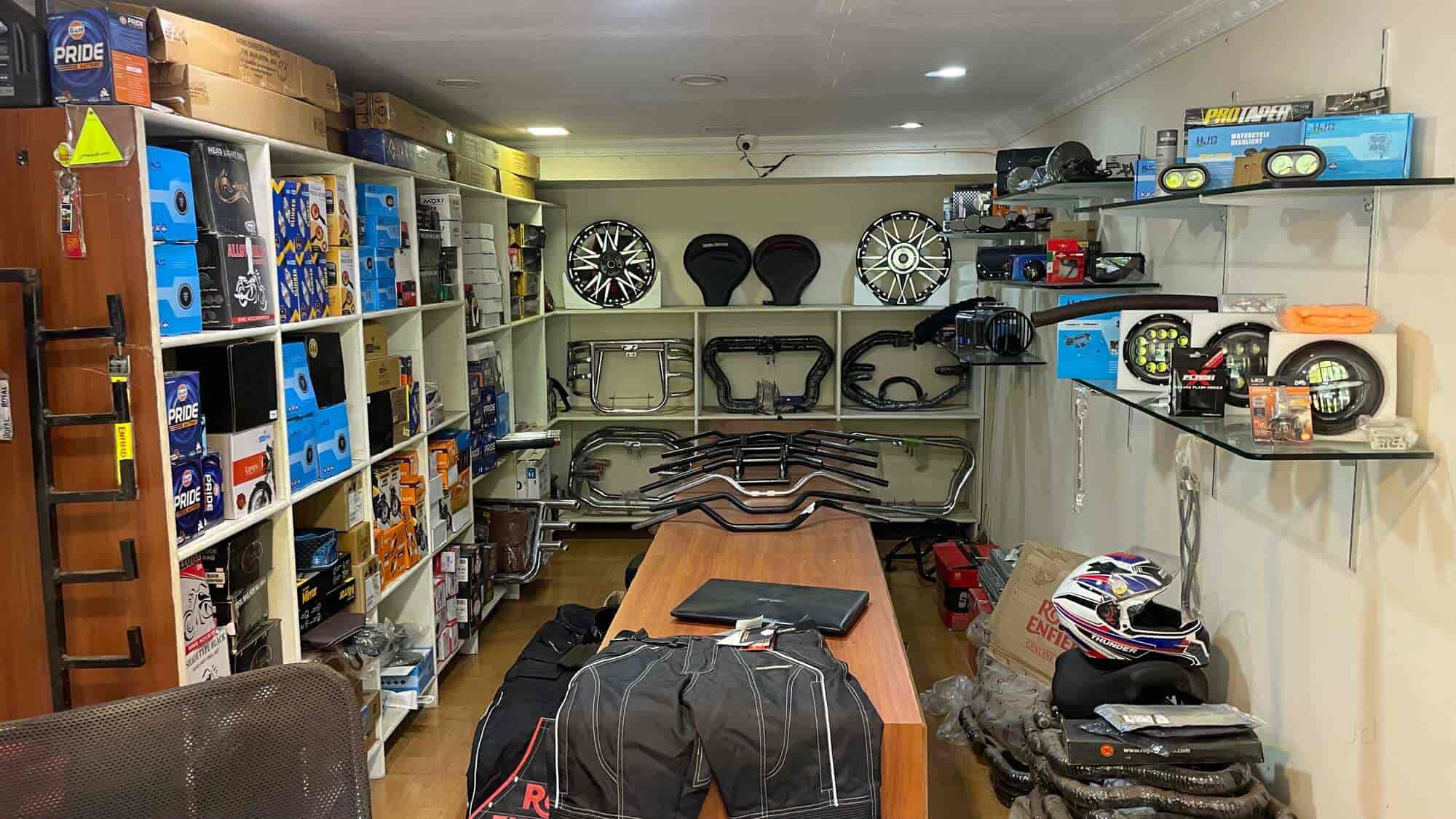Visit Our Motorcycle Shop for Expert Advice and Quality Products
Visit Our Motorcycle Shop for Expert Advice and Quality Products
Blog Article
Grasping Motorbike Gears: Just How to Maximize Your Riding Experience
In the realm of motorcycling, mastering the art of gear manipulation is important for improving your riding performance. Effectively making use of and understanding motorbike equipments can dramatically impact fuel, control, and velocity performance, transforming an average adventure right into a seamless, electrifying trip.
Recognizing Equipment Mechanics
Just how do the intricacies of equipment mechanics affect bike efficiency? At the core of motorbike dynamics, equipment auto mechanics play a pivotal role in converting engine power into motion, ultimately dictating rate and control. Gears, thoroughly crafted parts, allow motorcyclists to optimize torque and rate, making sure a seamless change via various surfaces and speeds. The gear ratios, meticulously made, establish the connection between engine transformations and wheel turns, affecting acceleration and gas performance.
Comprehending equipment mechanics begins with recognizing the relevance of the transmission, which houses several gears of varying dimensions. These equipments engage with a process known as meshing, where teeth of various equipments involve to send power.
Additionally, the concept of gear shifting is essential to making the most of efficiency. Smooth and timely shifts make certain that the engine runs within its optimum power band, protecting against unneeded strain and boosting durability (moto parts nz). By understanding these mechanical ins and outs, bikers can achieve a harmonious mix of performance, control, and power, elevating their riding experience
Timing Your Shifts
Shift timing proficiency is important for optimizing bike efficiency and boosting the riding experience. Correctly timed changes make certain that the engine runs within its optimum power band, which is vital for keeping control, accomplishing smooth acceleration, and making certain the long life of the motorbike. Riders have to establish an user-friendly sense of when to shift gears, which entails understanding the connection between engine revolutions per min (RPM) and speed.
To master shift timing, pay attention to the engine's noise and feel, as these offer vital hints concerning when to transform gears. When the engine approaches the top variety of its power band without getting to the redline, the ideal shift factor generally occurs - motorbike shop. Moving as well early can lead to an absence of power, while shifting too late may create unnecessary engine pressure
Furthermore, roadway conditions and riding style impact shift timing. In comparison, throughout highway riding, fewer shifts at greater speeds can be more proper.
Enhancing Gas Efficiency
While mastering motorbike gears is critical for efficiency, boosting fuel effectiveness is equally important for both environmental and economic reasons. Optimum fuel intake not only minimizes operational prices but likewise minimizes the ecological footprint of riding. To achieve this, one need to understand the elaborate connection in between gear option and engine performance.
To start with, picking the right gear at appropriate speeds can considerably influence gas consumption. Riding in a higher gear at reduced rates can cause engine lugging, which is detrimental to both gas economy and engine health and wellness. Alternatively, riding in lower gears at broadband leads to unnecessary fuel consumption. Therefore, keeping an optimal balance by changing equipments abreast with roadway conditions and anticipated maneuvers is essential.
Additionally, normal upkeep plays a crucial function in fuel performance. Guaranteeing that the bike is well-tuned, with tidy air filters and properly inflated tires, can decrease and improve the rules of aerodynamics gas wastage. Additionally, embracing a riding design that accepts steady acceleration and smooth slowdown can contribute to much better fuel economic situation.

Techniques for Smooth Transitions
Attaining smooth equipment shifts is essential to improving the riding experience and ensuring the durability of a bike's transmission system. Correct equipment shifting not only adds to a seamless adventure but likewise decreases damage on the mechanical elements. To understand the art of smooth changes, motorcyclists should concentrate on a couple of essential methods.

Second of all, clutch control plays a pivotal duty. Engaging additional reading and disengaging the clutch efficiently needs technique. The clutch bar should be launched slowly, permitting for a smooth transfer of power from the engine to the wheels without triggering a shock or sudden motion.

Adjusting to Road Problems
Browsing varied roadway problems is an essential ability for any type of motorcyclist aiming to keep control and safety. Whether you're riding on damp surface areas, gravel roads, or navigating sharp turns, your capacity to adjust your equipment usage and riding method is extremely important. Recognizing how to change your gears suitably can substantially affect traction and stability, ensuring a much safer trip.
On wet roadways, it is suggested to maintain greater gears to lower torque and lessen wheel spin. This approach aids maintain grip on unsafe surfaces, permitting smoother velocity and slowdown. In comparison, when riding on gravel or unequal surface, lower equipments are more suitable. Lower gears provide far better control and enable you to respond more quickly to unforeseen adjustments in the roadway surface area.
Sharp contours require exact equipment administration to balance rate and control. Downshifting prior to going into a contour can help preserve energy while ensuring the bike stays stable throughout the turn. Regular technique in different problems enhances your ability to react and predict to modifications in roadway structure and incline.
Verdict
Understanding motorcycle gears dramatically improves the riding experience by boosting control, gas, and acceleration efficiency. Adapting equipment choice to different road problems, such as making use of greater equipments on damp surface areas and lower equipments on gravel, further boosts handling and safety.
Understanding gear auto mechanics begins with acknowledging the relevance of the transmission, which houses numerous equipments of differing dimensions. These look what i found gears communicate with a process recognized as meshing, where teeth of various gears engage to transmit power (motorcycle parts nz). Gentle adjustments to the throttle throughout equipment changes can prevent jerky motions and preserve a constant riding pace
Whether you're riding on damp surface areas, gravel roadways, or navigating sharp turns, your ability to adapt Visit Website your equipment usage and riding strategy is extremely important. Adapting gear option to different roadway conditions, such as making use of higher gears on wet surface areas and lower equipments on crushed rock, further improves handling and safety.
Report this page